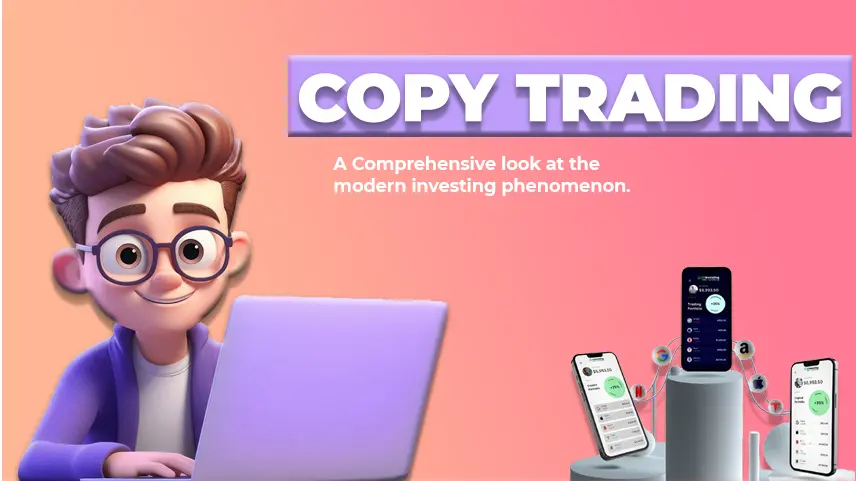
In the ever-evolving landscape of the financial markets, the concept of copy trading has emerged as a powerful tool for investors who want to take advantage of the expertise of experienced traders. As we enter 2025, it is important to understand the complexities of this financial phenomenon as well as its underlying advantages and disadvantages. This article explores the basic principles of copy trading, explaining what it is, how it works, and its advantages and disadvantages.
Copy trading, at its essence, is a financial strategy where investors, often novices, mimic the trading activities of experienced professionals across multiple accounts. It serves as a means of entrusting one's capital to a skilled trader, whose investment decisions are replicated across multiple accounts in real time. This method is based on the principle that the success of skilled traders can be imitated by the broader investing community.
Under this setup, the investor creates an account on a specific copy trading platform, partners with a selected trader (also known as a "signal provider"), or chooses a master trader account, and places trades. Invests a part of its capital to copy. The expert or master trader creates the account. This innovative approach allows individuals to access the financial markets without the need for in-depth knowledge or experience, making it an attractive option for those who are not professional traders themselves.
Understanding the workings of copy trading is fundamental to its successful execution. This process can be divided into a few major steps:
No investment strategy is without its advantages and disadvantages. Copy trading is no exception, and it is important to understand the following pros and cons in making an informed decision:
Accessibility: Copy trading opens the doors of financial markets to a wider audience, enabling even people with limited expertise to participate.
Diversification: Investors can diversify their portfolio by reducing risk through a wide range of trading strategies, including by following multiple signal providers.
Learning opportunity: This provides an educational aspect, as investors can gain insight into the strategies and tactics of experienced traders.
Risks: While copy trading can provide potential rewards, it also exposes investors to the risks associated with the financial markets. Losses are possible, and profits are not guaranteed.
Overdependence: Investors run the risk of becoming unduly dependent on the knowledge of signal providers, which may result in a loss of independence and financial literacy.
Fees: Most copy trading platforms charge fees, which can eat into profits over time.
Copy Trading 2025, as it is in 2025, offers an attractive and accessible opportunity for those wishing to engage in the financial markets. However, investors should be aware of both its advantages and disadvantages. As with any investment approach, informed decision-making, diligent research, and constant vigilance are key to understanding the constantly evolving landscape of copy trading. Understanding what copy trading is, how it works, and evaluating its advantages and disadvantages are the cornerstone of harnessing its potential for financial growth while managing its inherent risks.